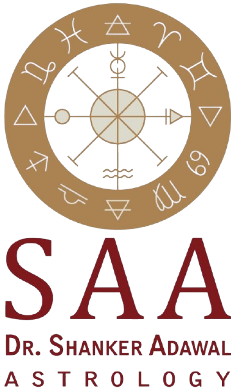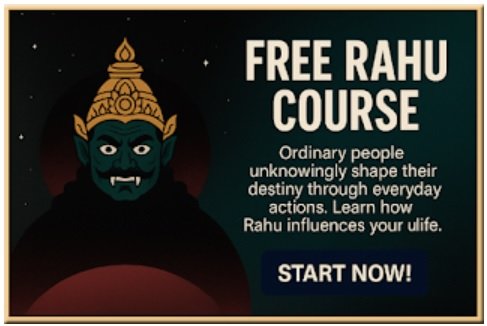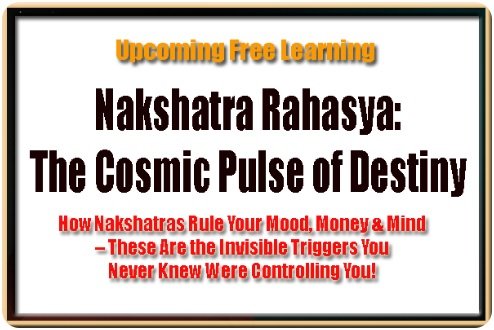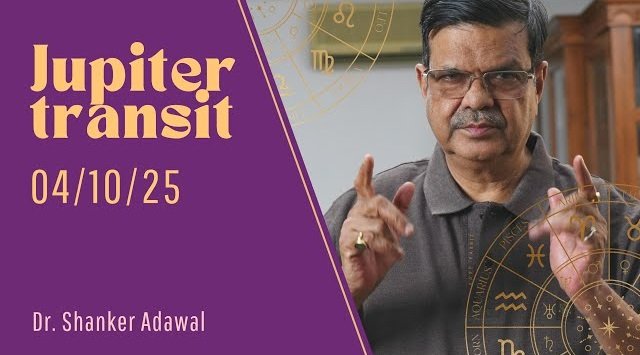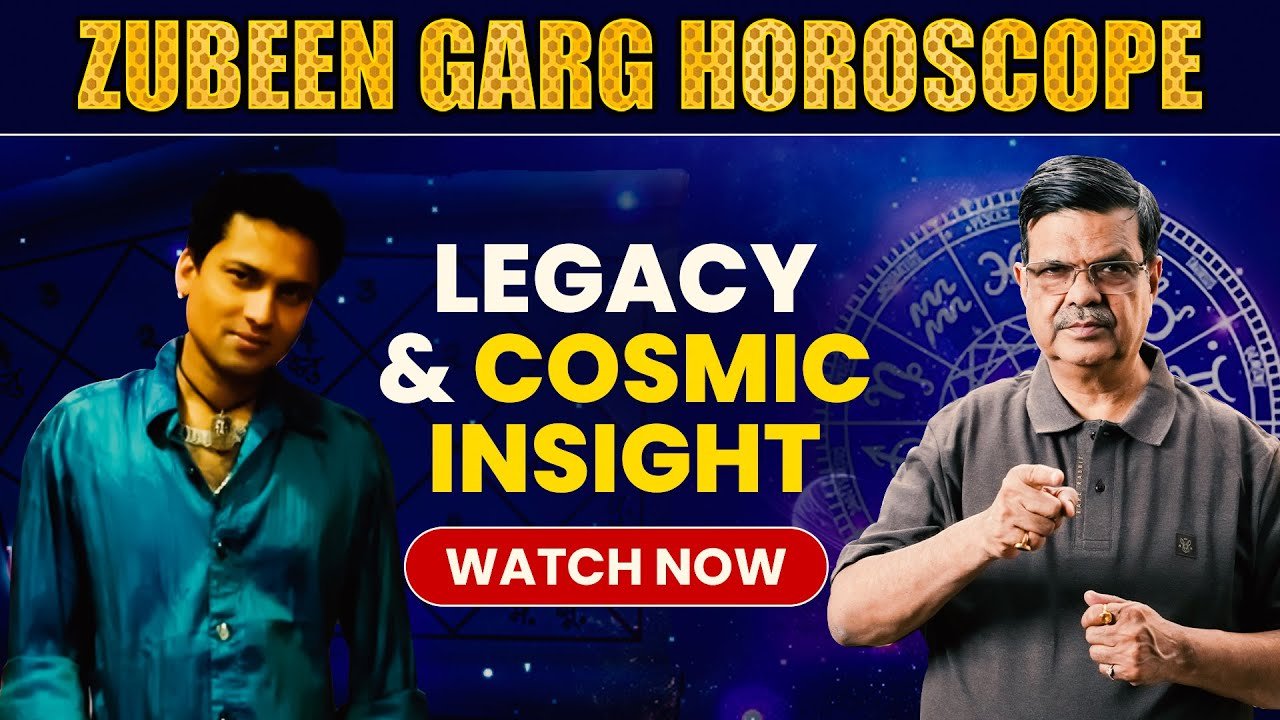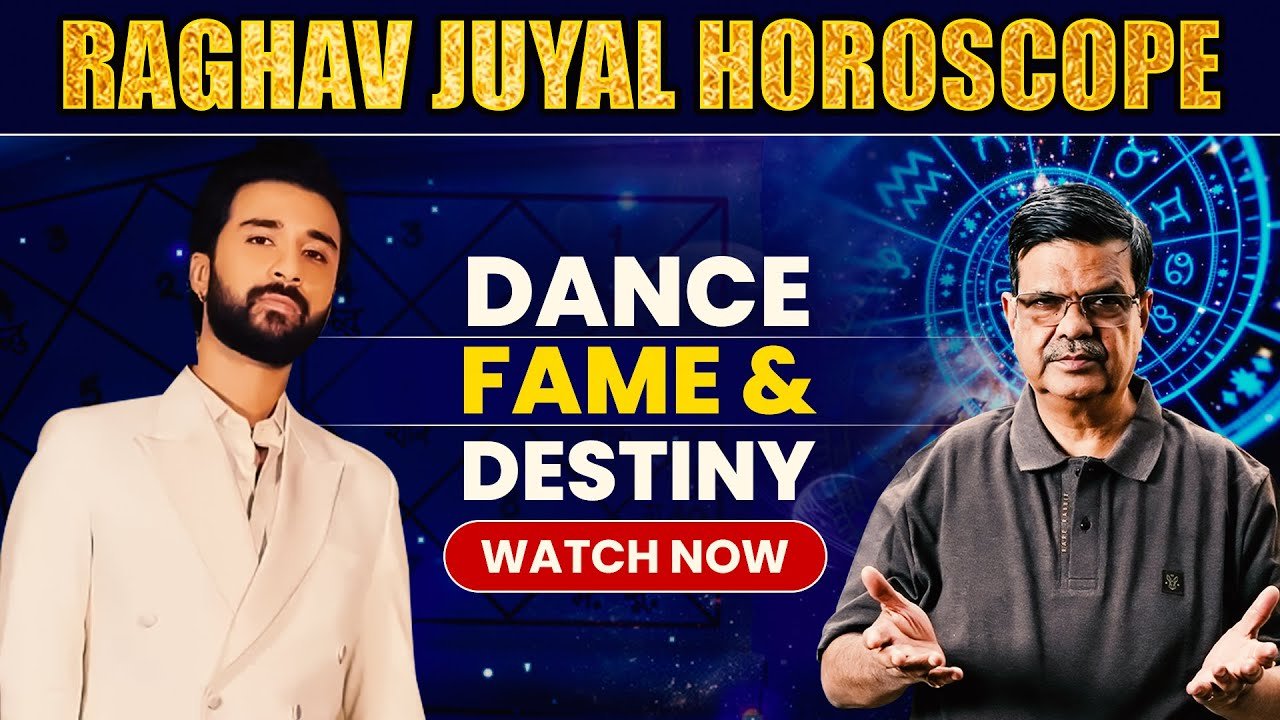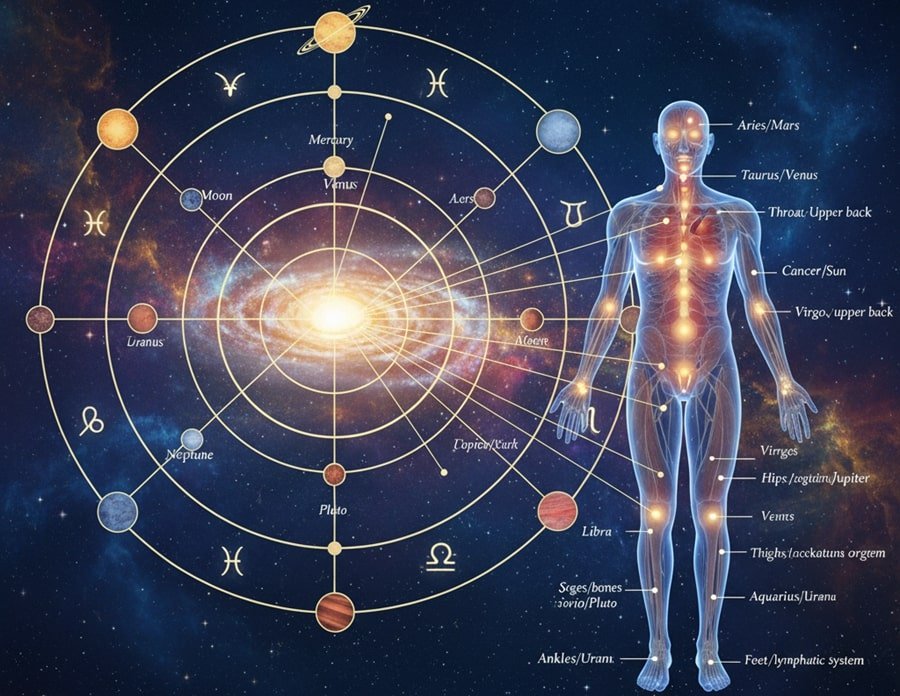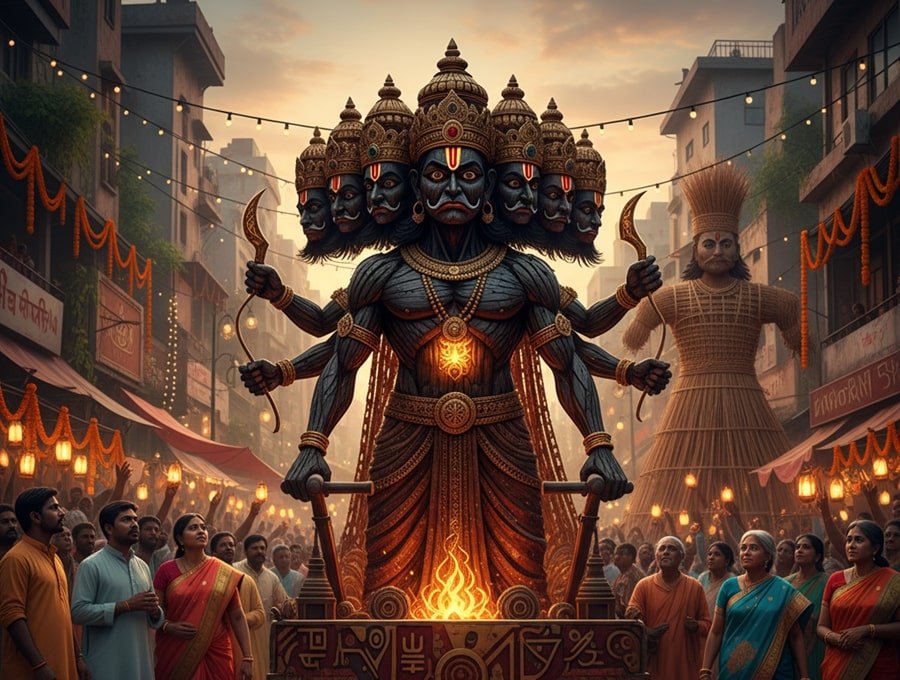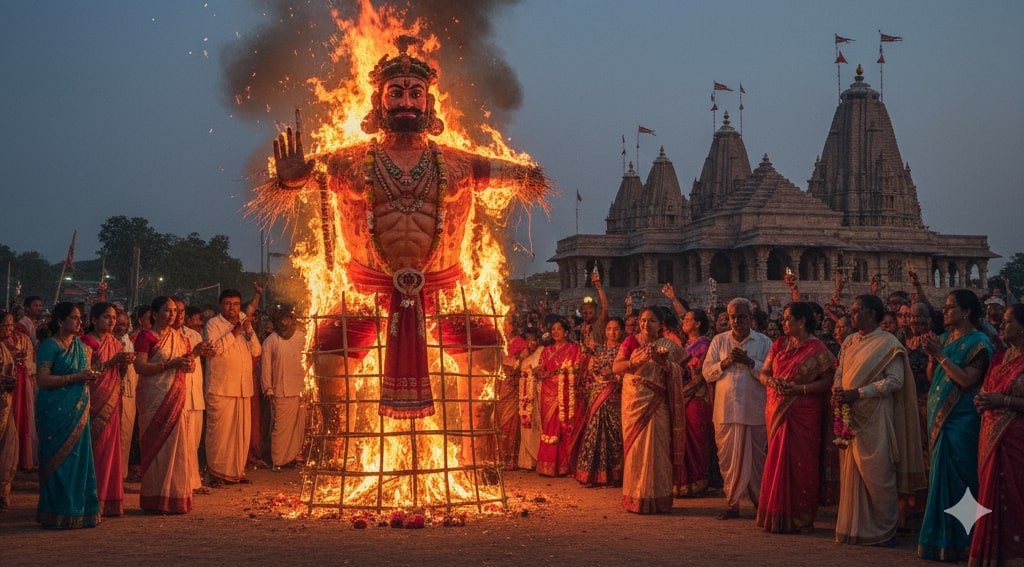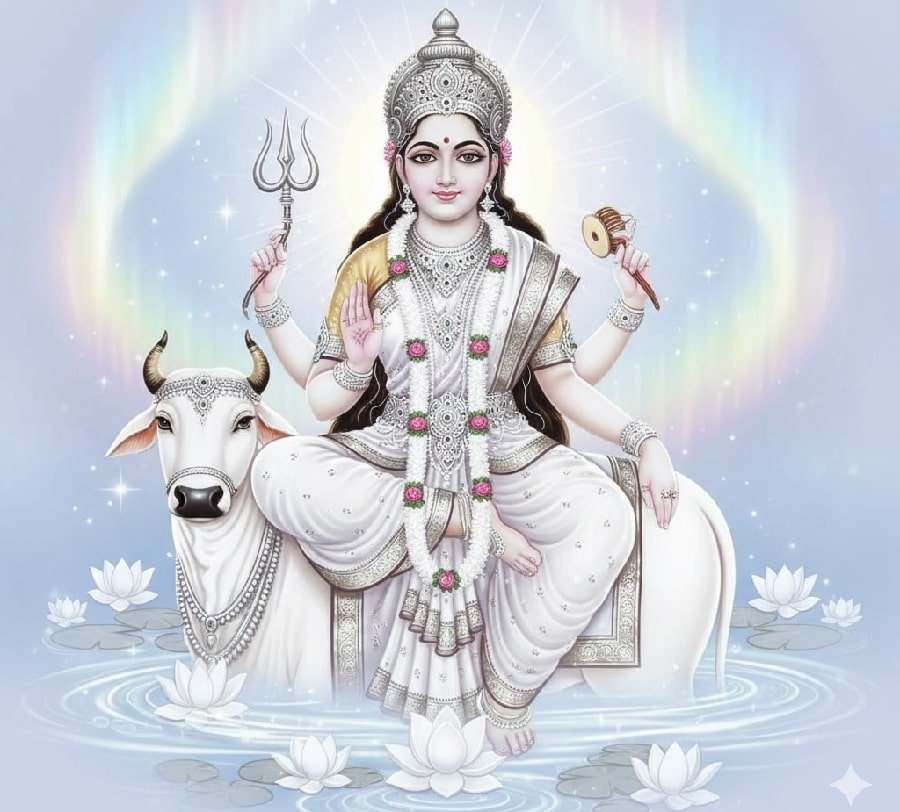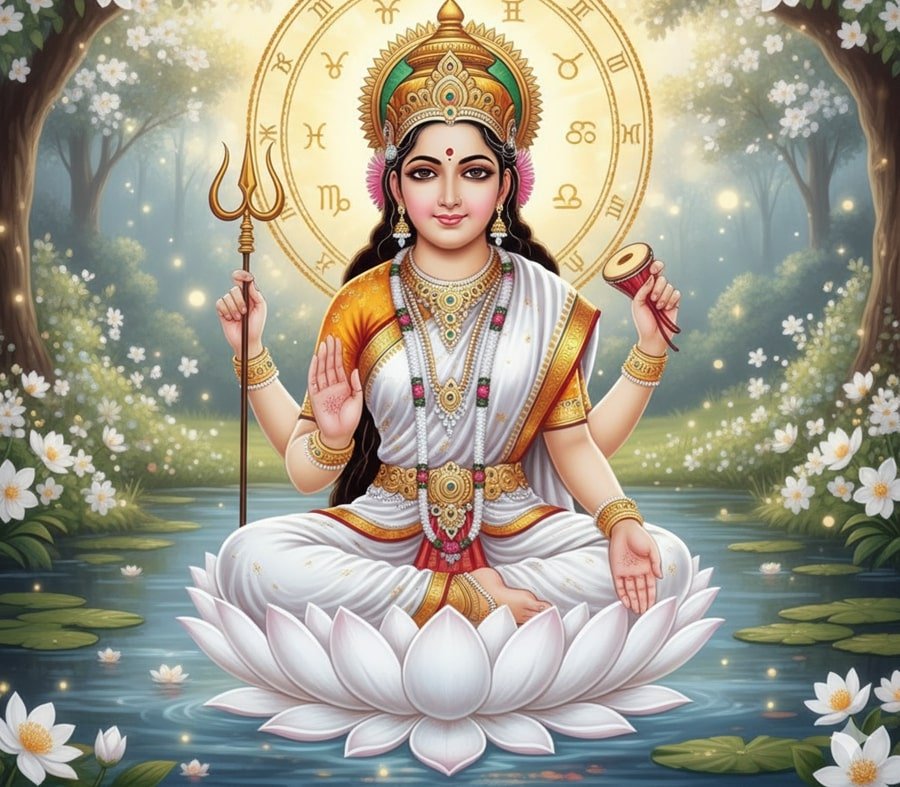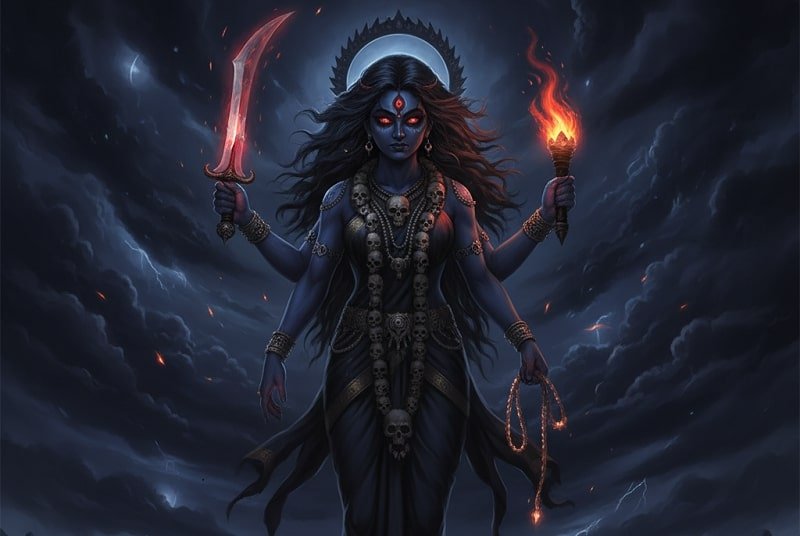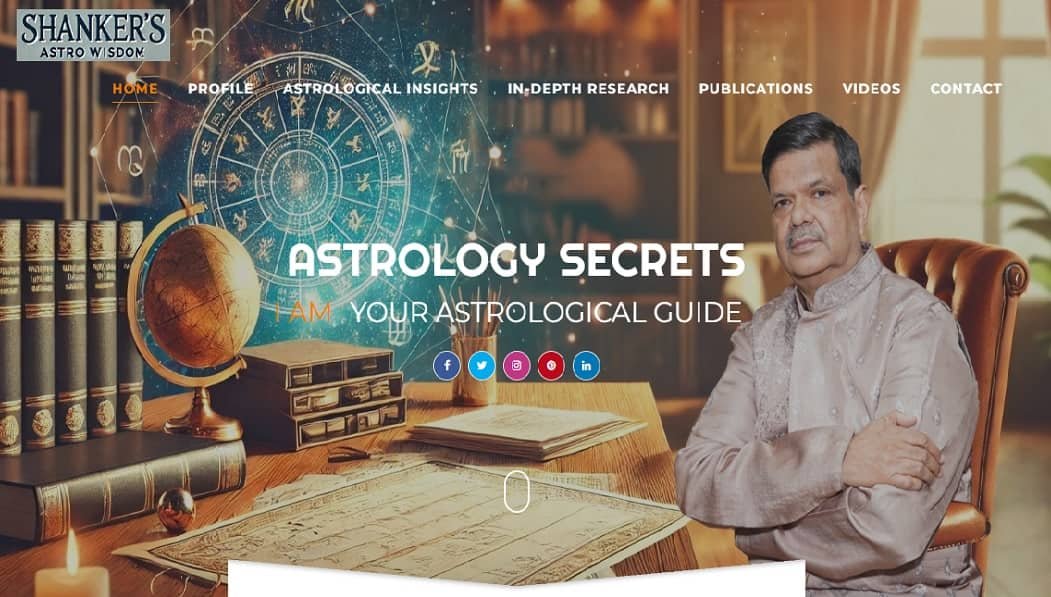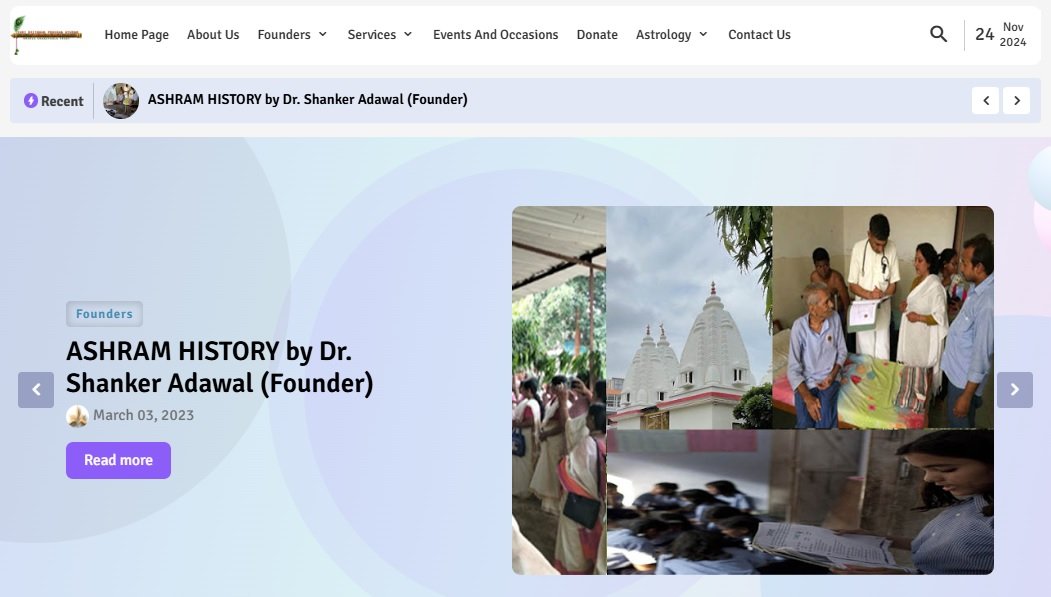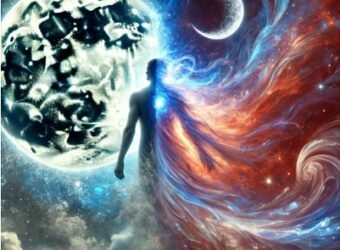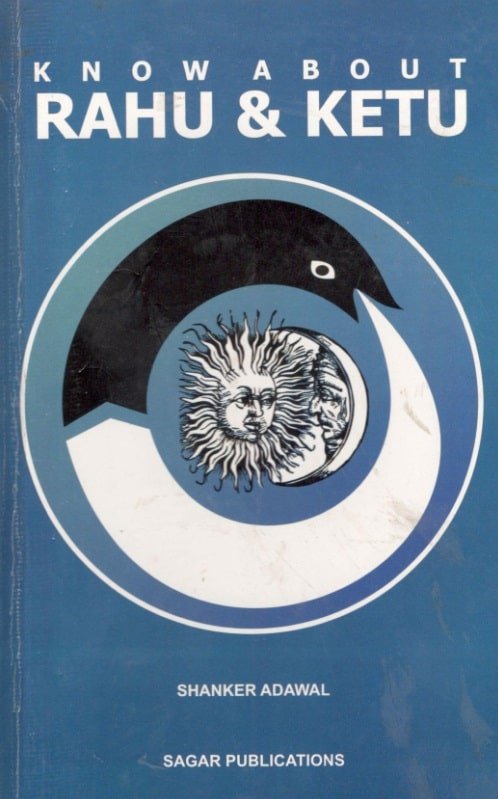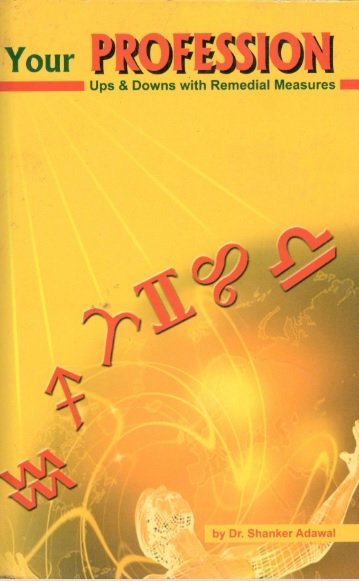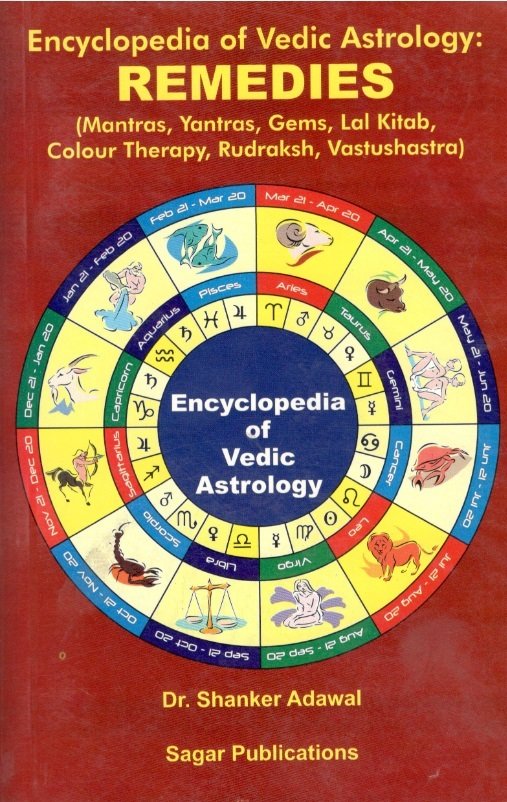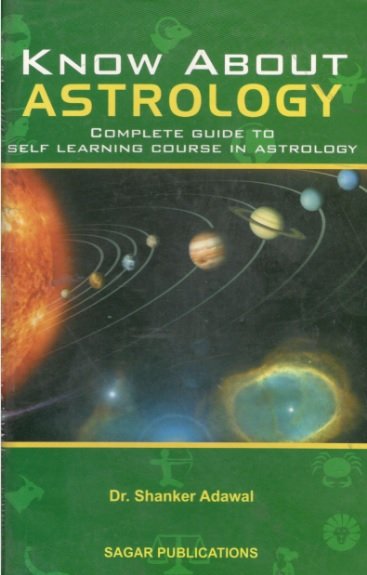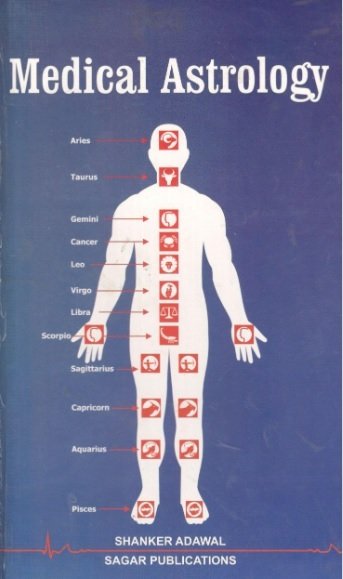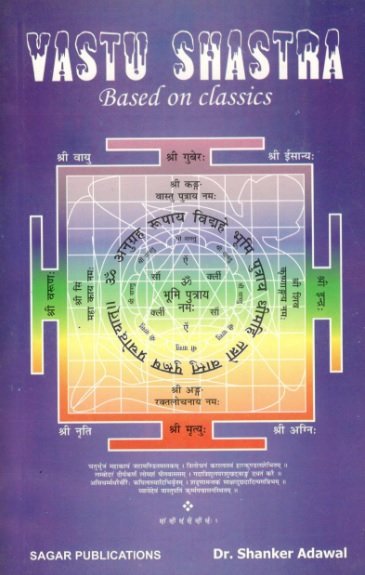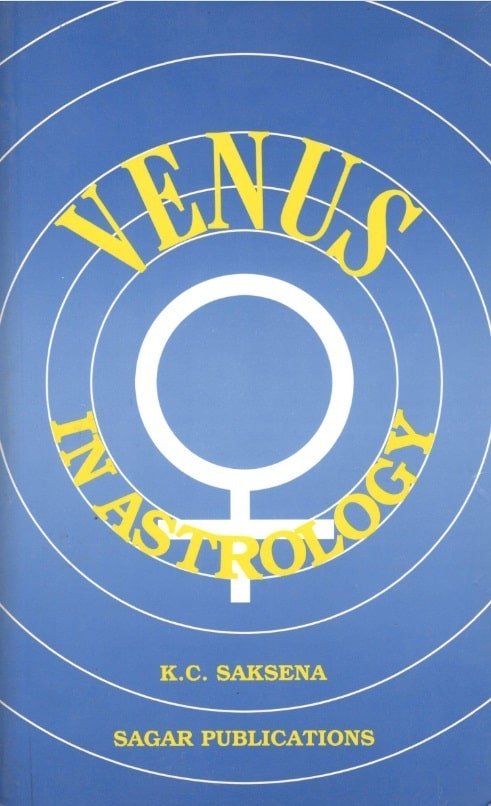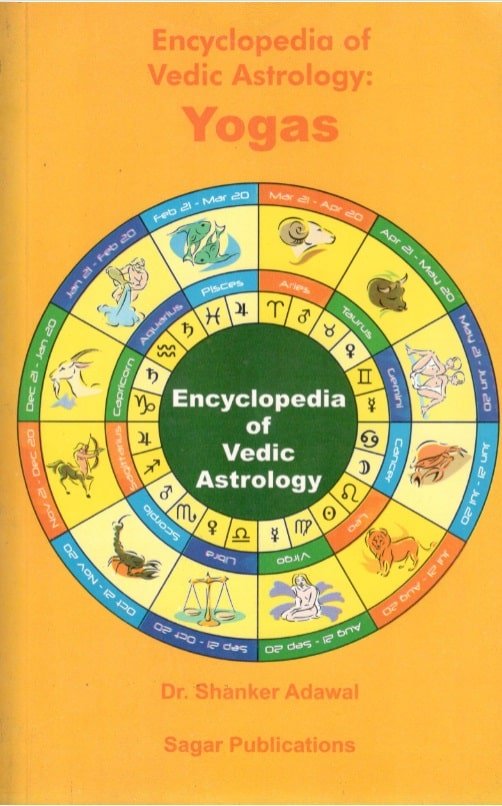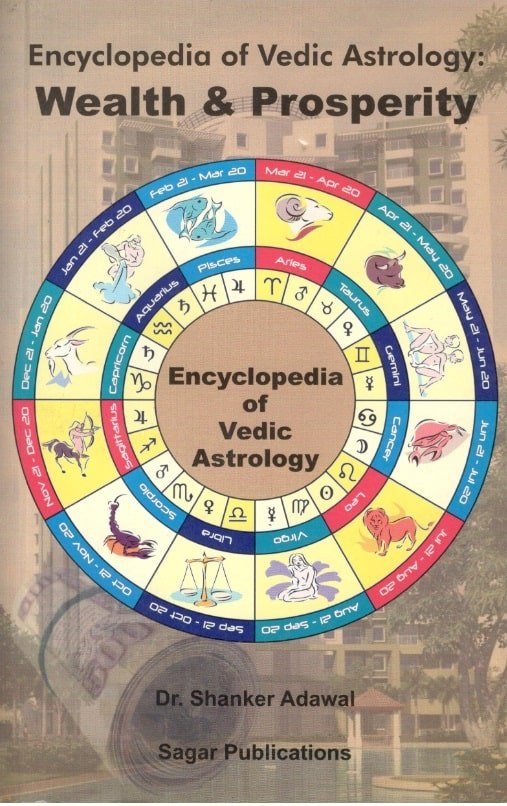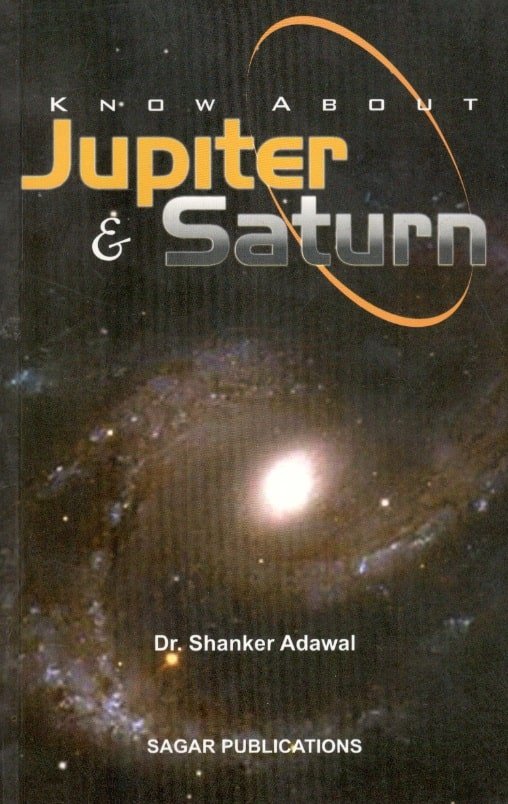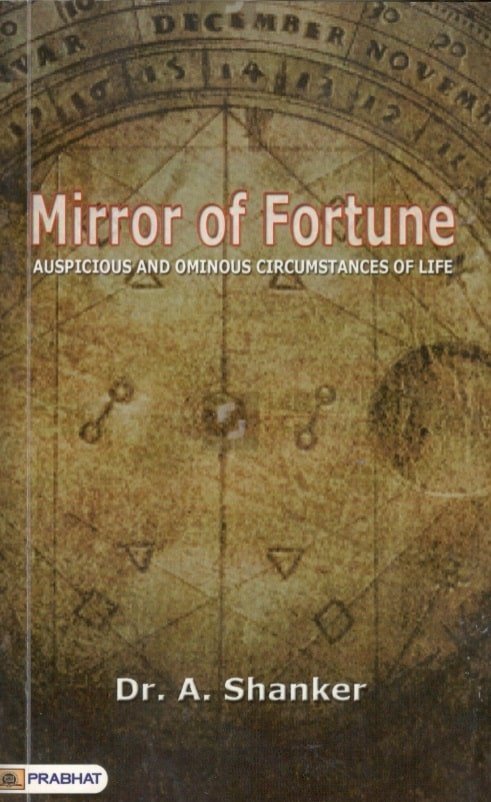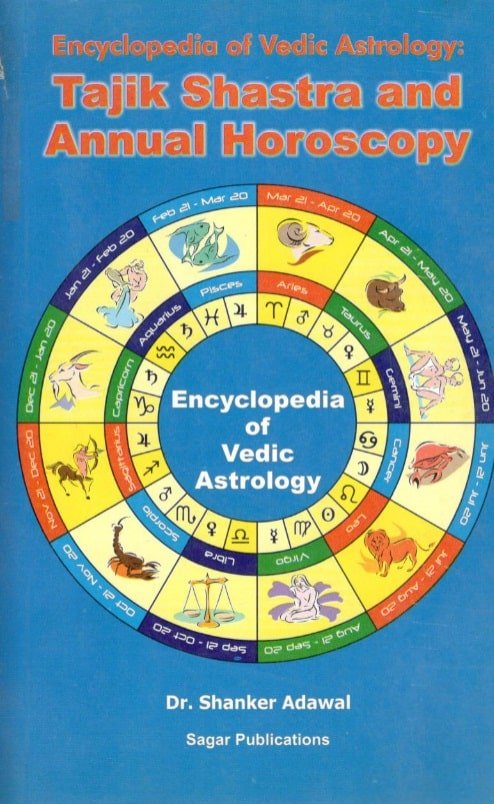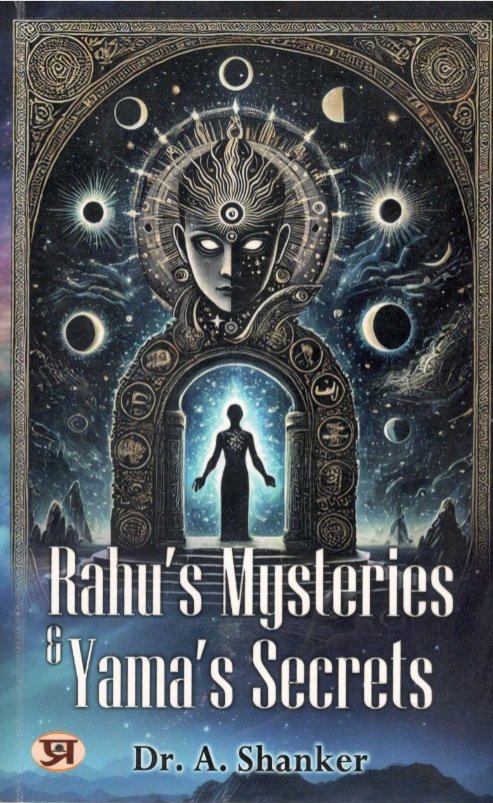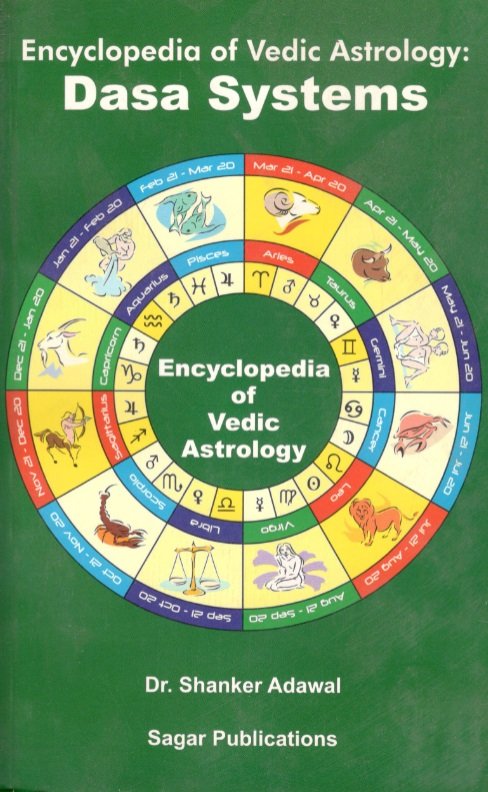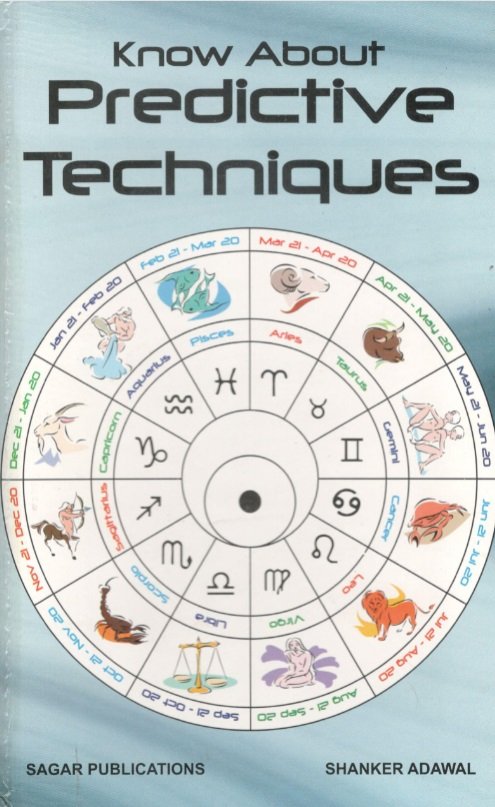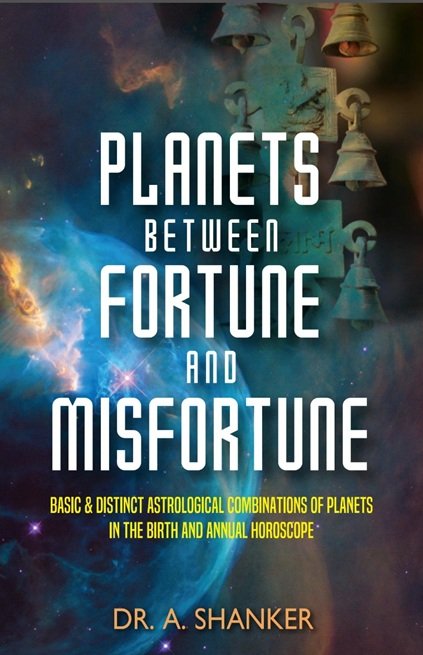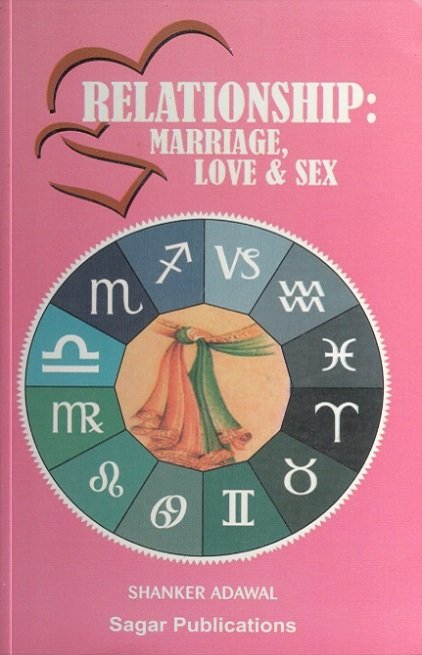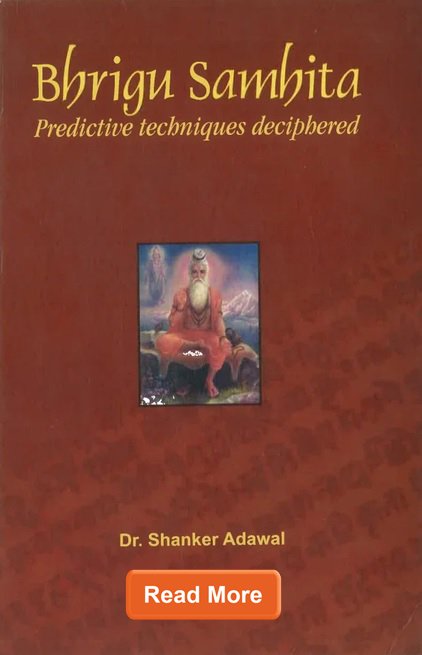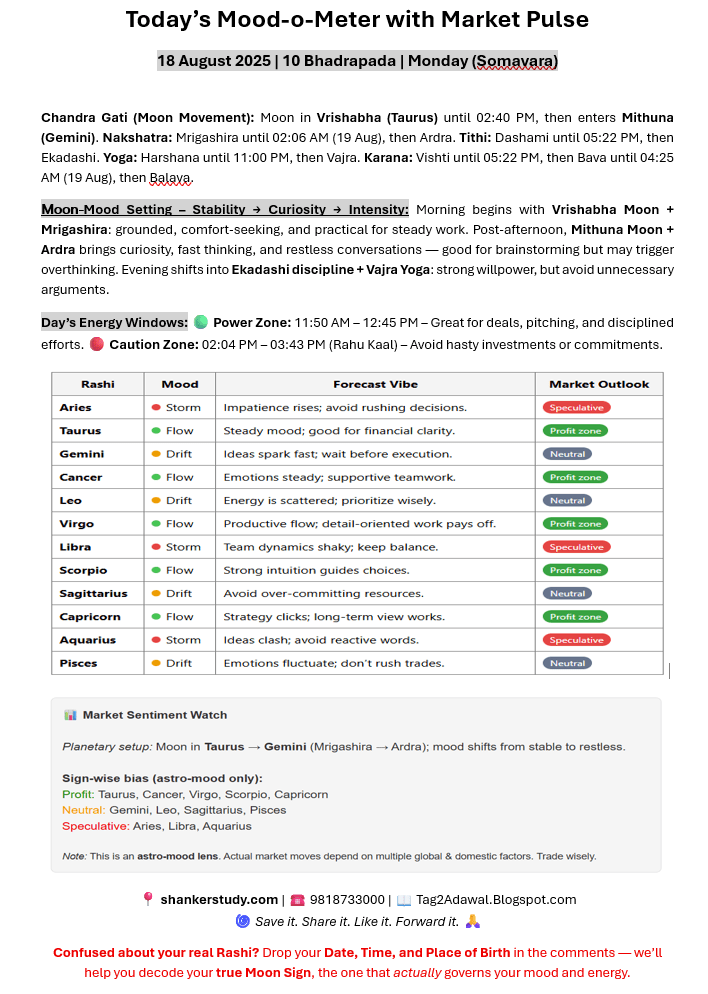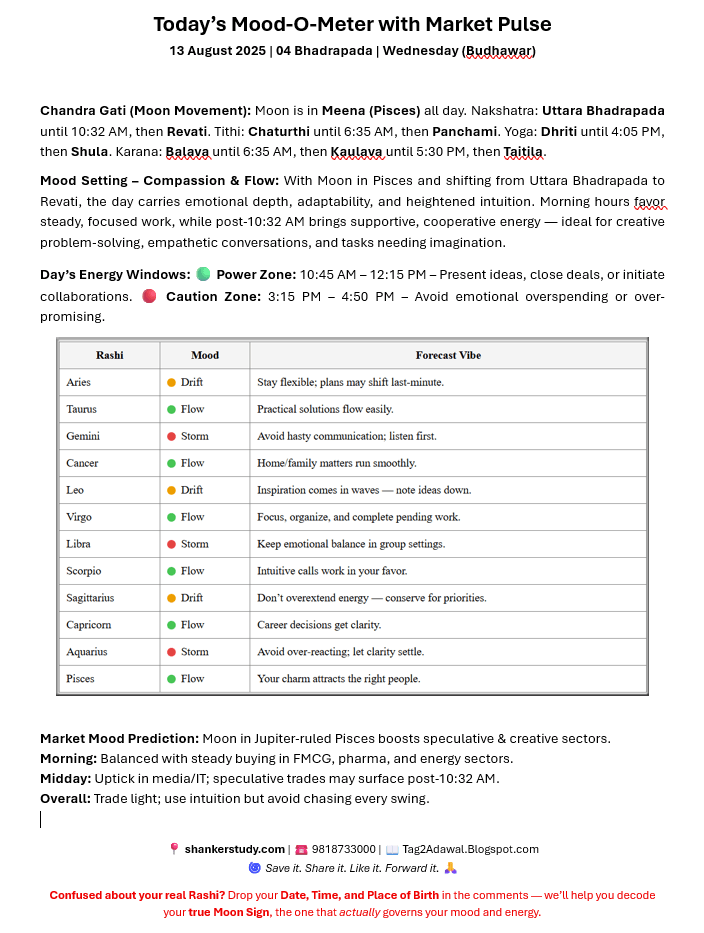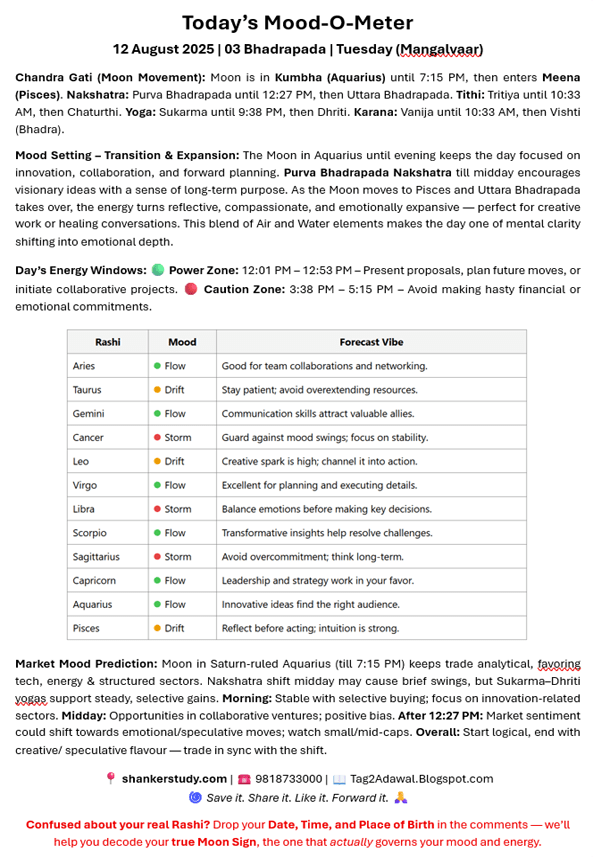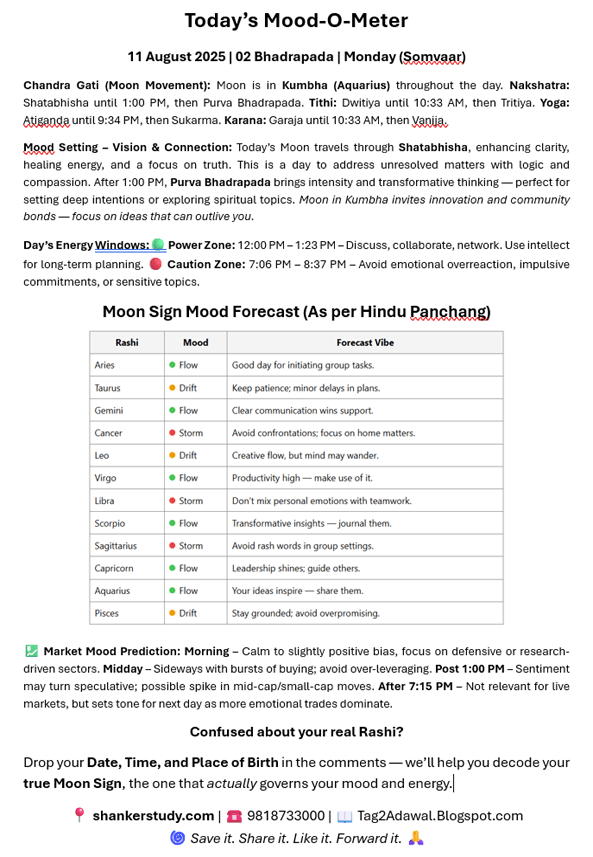Dr. Shanker Adawal
We write on Ancient Astrology
We publish rare Author Research
We guide via Spiritual Coaching
We discuss Karma & Community
We explore Dharma & Justice
We mentor through Vedic Wisdom
A Life Devoted to Decoding Karma, Destiny & Vedic Astrology "Empowering Lives Through Research, Remedies & Rational Guidance"
“Blending Timeless Vedic Astrology with Modern Tools to Guide, Heal & Transform.”


What I Offer
Unlock clarity with personalized astrology. Backed by Vedic wisdom and research, we explore your relationships, career, health, and life path through your unique birth chart.
Gain direction. Find alignment. Discover your purpose.
From daily to yearly, our horoscopes blend traditional astrology with modern insights — offering clear, practical guidance tailored to your zodiac sign.
Stay aligned with the cosmos, one prediction at a time.
Get deeper than just daily forecasts. Our predictive trend analysis decodes planetary shifts and long-term cycles that shape your decisions, timing, and outcomes.
Plan smart. Act timely. Move with confidence.
Your hands hold the story of your life. Through classical palmistry, we decode personality traits, life events, and karmic clues woven into your palm lines.
Let your hands reveal the path destiny wrote for you.
What I Offer
Unlock clarity with personalized astrology. Backed by Vedic wisdom and research, we explore your relationships, career, health, and life path through your unique birth chart.
Gain direction. Find alignment. Discover your purpose.
From daily to yearly, our horoscopes blend traditional astrology with modern insights — offering clear, practical guidance tailored to your zodiac sign.
Stay aligned with the cosmos, one prediction at a time.
Get deeper than just daily forecasts. Our predictive trend analysis decodes planetary shifts and long-term cycles that shape your decisions, timing, and outcomes.
Plan smart. Act timely. Move with confidence.
Your hands hold the story of your life. Through classical palmistry, we decode personality traits, life events, and karmic clues woven into your palm lines.
Let your hands reveal the path destiny wrote for you.
Unlock clarity with personalized astrology. Backed by Vedic wisdom and research, we explore your relationships, career, health, and life path through your unique birth chart.
Gain direction. Find alignment. Discover your purpose.
From daily to yearly, our horoscopes blend traditional astrology with modern insights — offering clear, practical guidance tailored to your zodiac sign.
Stay aligned with the cosmos, one prediction at a time.
Get deeper than just daily forecasts. Our predictive trend analysis decodes planetary shifts and long-term cycles that shape your decisions, timing, and outcomes.
Plan smart. Act timely. Move with confidence.
Your hands hold the story of your life. Through classical palmistry, we decode personality traits, life events, and karmic clues woven into your palm lines.
Let your hands reveal the path destiny wrote for you.
DAY TODAY
Free Courses
Videos
Research Articles
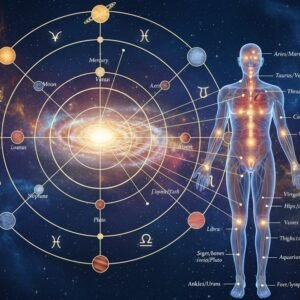
Astrology and Health: How Planets Govern the Body
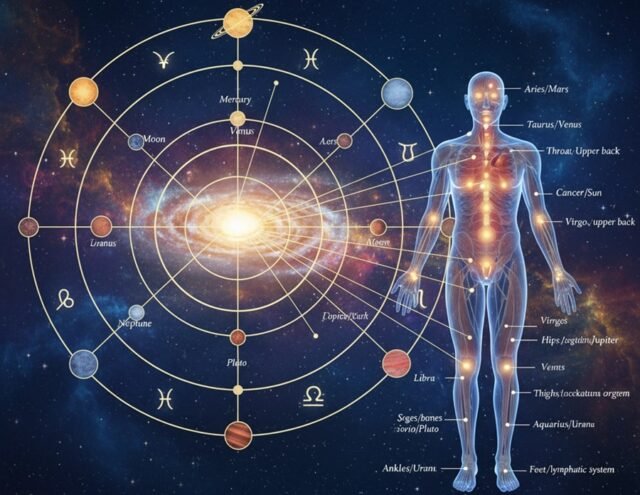 Vedic astrology does not only speak of destiny, wealth, or relationships; it also has deep insights into health and the human body. The sages believed that the same cosmic forces which guide the movement of planets also shape the physical body and its strengths or vulnerabilities. In this view, each planet becomes the ruler of specific organs and functions, and their placement in the horoscope reflects the vitality or weakness of those areas. Astrology thus becomes not only a tool of prediction but also a guide to maintaining balance in health.
Vedic astrology does not only speak of destiny, wealth, or relationships; it also has deep insights into health and the human body. The sages believed that the same cosmic forces which guide the movement of planets also shape the physical body and its strengths or vulnerabilities. In this view, each planet becomes the ruler of specific organs and functions, and their placement in the horoscope reflects the vitality or weakness of those areas. Astrology thus becomes not only a tool of prediction but also a guide to maintaining balance in health.
The Sun, as the source of light and life, governs vitality, bones, and the heart. When strong, it grants radiance, immunity, and confidence; when weak or afflicted, it can cause fatigue, eye problems, or issues with circulation. The Moon, reflecting fluidity, controls the mind, blood, and overall emotional well-being. A strong Moon brings peace and balance, while a disturbed Moon can manifest as anxiety, mood swings, or ailments connected with water retention. Mars represents energy, muscles, and the blood system. Its fiery influence provides strength and courage, but if afflicted, it may cause fevers, inflammations, or accidents.
Mercury, the planet of communication, governs the nervous system, lungs, and skin. A well-placed Mercury gives clarity and quick healing, while a troubled Mercury may lead to stress-related issues, skin conditions, or nervous disorders. Jupiter, the great benefic, rules growth, liver, and fat in the body. It bestows vitality and optimism, but when imbalanced, it may cause obesity, diabetes, or liver-related concerns. Venus governs reproductive health, hormones, and kidneys, giving beauty and vitality when strong, but problems in these areas when weak. Saturn, the slow disciplinarian, is connected with bones, joints, and chronic ailments. Its influence often brings delays in recovery but also endurance and longevity when well-placed.
Rahu and Ketu, though shadow planets, also leave their mark. Rahu tends to create unusual or hard-to-diagnose illnesses, sudden allergies, or psychological disturbances. Ketu often brings mysterious or spiritualized ailments that push a person toward detachment and self-awareness. Together, they represent the karmic side of health—issues that force one to evolve through the body’s experiences.
Astrologers also look at the houses to understand health. The first house represents overall constitution, the sixth house governs diseases, and the eighth house shows chronic conditions or accidents. The twelfth house is often connected with hospitalization or recovery in seclusion. By analyzing planetary strengths and weaknesses in these houses, one can anticipate the type of health challenges and the timing of recovery. Dashas and transits further reveal when particular issues are likely to surface.
Remedies in astrology for health are aimed at harmonizing planetary vibrations. Chanting mantras, wearing gemstones, fasting on specific days, or performing charitable acts are traditional practices to balance afflicted planets. Yet, the deeper wisdom lies in aligning lifestyle with cosmic rhythm—discipline for Saturn, calmness for Moon, moderation for Jupiter, and purity for Venus. Ayurveda, yoga, and astrology together form a holistic system, where body, mind, and spirit are seen as interconnected expressions of the same cosmic order.
Ultimately, astrology teaches that health is not just physical but karmic and spiritual. The planets show where we must pay attention, what lessons our body is teaching us, and how discipline can restore balance. Illness is not always punishment; often it is a reminder to realign with nature and with our higher self. When seen this way, astrology becomes not just a predictor of disease but a guide to holistic well-being.
Mobile: 9818733000
www.ShankerStudy.com – ‘Bridging Ancient Wisdom with Modern Astrology’
Tag2Adawal.blogspot.com – ‘Blending Astro Stories with Soulful Simplicity’
www.ShankerAdawal.com – ‘Profile of Success: Vedic Wisdom and Business Strategy’
www.AskShanker.Com – ‘Discover the truth – ask one burning question based on your Horoscope!’
www.shrikrishnapravahashram.org – Serving Souls & Healing with Compassion: Empowering Girls, Upholding Tradition, and Offering Food to Every Guest – ‘Atithi Devo Bhava’!
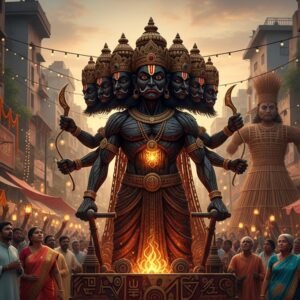
Ravana Comes Home – The Hidden Energy Behind a Growing Dussehra Trend
From public grounds to private terraces, the festival of Dussehra is changing shape. The colorful effigies of Ravana that once towered over crowded parks are now appearing on pavements and even in people’s homes. But what happens when a symbol of destruction enters our living space?
- The Festival Takes a Turn
In recent years, a subtle shift has appeared in how Dussehra is celebrated.
Small, ready-to-assemble Ravana effigies now line the roadsides — bright, attractive, and easy to carry home. Vendors across cities have found a booming market for them, while families treat them as a festive DIY activity for children.
But this modern expression of devotion raises a profound question —
Is burning Ravana at home a form of celebration or an invitation to imbalance?
- Ravana — Beyond the Myth
To understand this, we must revisit who Ravana truly was.
In the Ramayana, he is the antagonist, yet spiritually, he represents something much more layered.
He was a great devotee of Lord Shiva, a scholar of the Vedas, a musician, and a master of the nine planets.
Ravana wasn’t destroyed for his brilliance — he fell because of ego and attachment.
The act of burning his effigy symbolizes burning arrogance, greed, and illusion — the dark qualities that overpower human wisdom.
In every Ravana we burn outside, there lies one within — waiting for light.
- From Collective Celebration to Private Ritual
Traditionally, Ravana Dahan was a public act — grand, collective, and symbolic of social purification. The open space allowed the energy of fire to rise freely into the sky.
But when the ritual moves into a private home, the vibration changes.
The home is a living organism of energy — each corner representing an element.
When we introduce a ritual of destruction (Agni) into that system without purification or direction, we alter its balance.
Intent decides everything — when done consciously, it cleanses; when done casually, it confuses.
- Fire Has Direction — The Vastu Dimension
In Vedic and Vastu sciences, fire is a sacred yet volatile element.
Its placement defines its outcome.
Key Directions:
South-East (Agnikon): The rightful place for fire, symbolizing transformation and creation.
North-East (Ishan Kone): The divine zone of peace, intuition, and purity — incompatible with fire.
South-West: Associated with karmic storage — fire here can intensify heavy vibrations.
Burning a Ravana effigy in the wrong direction, especially the North-East, creates a clash of elements.
It’s not superstition — it’s energy science.
The same fire that purifies in one zone can disturb in another.
- A Personal Reflection
Years ago, a family assembled a small Ravana with their children — joyful, artistic, and innocent.
They placed it on their terrace and lit it on Dashami morning, not realizing it was the North-East corner.
The following months brought unexplained heaviness — obstacles, restlessness, and sudden setbacks.
It took time and awareness to recognize that energy, once disturbed, seeks balance.
The act was not wrong — only misdirected.
- Realigning the Ritual
If the intent is symbolic, the ritual must follow awareness.
Here are safer, sacred alternatives:
Burn with Purpose:
Write your negative traits or fears on paper and burn them in a diya or havan kund placed in the South-East corner.
Return to Earth:
Make a small clay Ravana and dissolve it in soil or water instead of burning.
Invoke Fire, Don’t Provoke It:
Light a ghee lamp, chant Om Agnaye Namah, and pray for purification — not destruction.
Fire obeys the one who understands it; it tests the one who ignores it.
- The Deeper Message of Dussehra
Dussehra’s victory narrative — whether of Ram over Ravana or Durga over Mahishasura — carries a timeless truth:
Conquest is meaningless without consciousness.
The effigy we burn is not Ravana’s body but our own inner arrogance.
Every Dashami invites us to look within — to replace reaction with reflection, pride with humility, and darkness with awareness.
- The Modern Relevance
The evolving “Ravana at Home” trend reflects how modern life seeks personal meaning in public rituals.
Festivals are adapting to smaller spaces, faster lives, and individual expression.
But the essence must remain rooted in awareness — or else we reduce sacred acts to seasonal trends.
- The Closing Thought
Fire is divine when it illuminates, destructive when misunderstood.
Bringing Ravana home isn’t wrong — but it demands mindfulness.
“Burn the Ravana of ego, not the effigy of ritual.”
When awareness becomes the flame, even smoke carries light.
Mobile: 9818733000
www.ShankerStudy.com – ‘Bridging Ancient Wisdom with Modern Astrology’
Tag2Adawal.blogspot.com – ‘Blending Astro Stories with Soulful Simplicity’
www.ShankerAdawal.com – ‘Profile of Success: Vedic Wisdom and Business Strategy’
www.AskShanker.Com – ‘Discover the truth – ask one burning question based on your Horoscope!’
www.shrikrishnapravahashram.org – Serving Souls & Healing with Compassion: Empowering Girls, Upholding Tradition, and Offering Food to Every Guest – ‘Atithi Devo Bhava’!
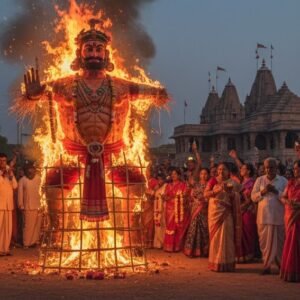
Vijayadashami (Dussehra) – Cosmic Victory, Spiritual Balance & Navratri’s Grand Culmination
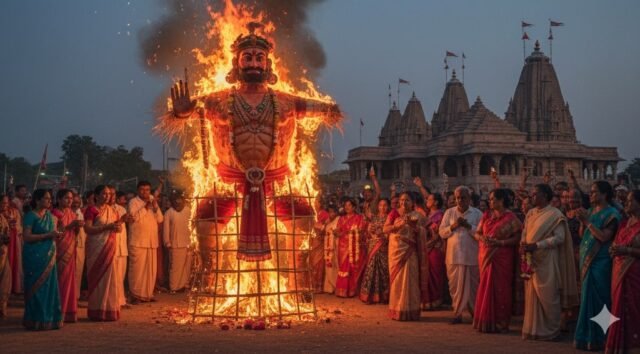 As Navratri reaches its powerful conclusion, the tenth day — Vijayadashami or Dussehra — stands as the grand finale of this cosmic festival. While the nine nights are devoted to invoking and worshipping the nine divine forms of Goddess Durga, Dashami symbolizes fruition, victory, and closure. It marks not only the end of ritualistic devotion but also the beginning of an inner journey where clarity, strength, and righteousness must guide one’s life.
As Navratri reaches its powerful conclusion, the tenth day — Vijayadashami or Dussehra — stands as the grand finale of this cosmic festival. While the nine nights are devoted to invoking and worshipping the nine divine forms of Goddess Durga, Dashami symbolizes fruition, victory, and closure. It marks not only the end of ritualistic devotion but also the beginning of an inner journey where clarity, strength, and righteousness must guide one’s life.
The Dual Lens of Victory: Ram & Durga
Across India, Vijayadashami is celebrated through two powerful mythological narratives:
Lord Ram’s Victory over Ravana: In the Ramayana, Dashami commemorates the moment when Ram defeats the demon king Ravana, symbolizing the eternal triumph of dharma (righteousness) over adharma (unrighteousness). Effigies of Ravana, Meghnath, and Kumbhkaran are burnt in many regions, reminding society to burn away arrogance, lust, and greed.
Durga’s Victory over Mahishasura: In the Devi Mahatmya, this day marks the Goddess’s triumph over the buffalo-demon Mahishasura, a cosmic battle that restored balance to creation. Here, Vijayadashami becomes a celebration of Shakti — the power of divine feminine energy that dismantles chaos and restores cosmic order.
Thus, Dashami is not just one story’s closure — it is the meeting point of multiple traditions, all converging on the same truth: light always prevails over darkness.
Astrological & Cosmic Perspective
From an astrological lens, Vijayadashami represents a day when celestial vibrations favor closure, balance, and new beginnings.
Tithi Significance: Falling on the Dashami tithi (10th lunar day) of the waxing moon in Ashwin month, this day carries the frequency of completion (10 = karmic closure + divine restart).
Planetary Resonance: Astrologers associate this day with the Sun’s radiance and Mars’s valor, reflecting courage, vitality, and righteous leadership.
Cosmic Energy: It is believed that energies of Shakti and Vishnu tattva converge, harmonizing protection and action.
In practical terms, this is a highly auspicious day for starting new ventures, learning skills, or seeking justice, as karmic balance is naturally tilted toward righteousness.
Rituals & Traditions
Shami Tree Worship (Shami Puja): In many regions, the Shami tree is worshipped on Dashami. According to the Mahabharata, the Pandavas hid their weapons in a Shami tree during their exile and retrieved them successfully on this day. Hence, Shami leaves symbolize victory and good fortune.
Ayudha Puja: Especially in South India, weapons, tools, and instruments are worshipped — a reminder that every tool we use must serve dharma.
Effigy Burning (Ravana Dahan): North Indian traditions focus on burning effigies of Ravana, symbolically erasing arrogance and evil from life.
Seva & Charity: Offering food, clothes, or service to the needy is believed to multiply karmic blessings.
Deeper Insight: Victory Beyond the Battlefield
While outwardly Dashami glorifies great victories, spiritually it whispers a subtler truth: the greatest battle is always within.
Mahishasura represents our inner inertia, indulgence, and ego.
Ravana represents our pride, greed, and unchecked ambition.
Kaalratri’s lesson from the 7th day and Siddhidatri’s silence on the 9th day merge here — victory is not just about conquest, but about integration and balance.
Thus, Dussehra reminds us that we burn effigies outside to burn illusions inside.
Key Takeaways
- Dashami = Completion + Fresh Start → The end of Navratri, the beginning of new resolve.
- Rama & Durga narratives unite → Both reveal righteousness as the eternal winner.
- Astrological Favorability → Ideal day for beginnings, courage, justice, and karmic resets.
- Inner Victory → The real Ravana and Mahishasura exist within us — conquering them is the highest puja.
Closing Thought
Vijayadashami isn’t merely a festival of fireworks or rituals — it is a living metaphor. Every year, it reminds us that darkness may return, but so does light. Evil may rise, but dharma is never defeated. The Goddess and Lord Ram symbolize this truth eternally: victory belongs to those who walk the path of righteousness with courage, humility, and clarity.
Mobile: 9818733000
www.ShankerStudy.com – ‘Bridging Ancient Wisdom with Modern Astrology’
Tag2Adawal.blogspot.com – ‘Blending Astro Stories with Soulful Simplicity’
www.ShankerAdawal.com – ‘Profile of Success: Vedic Wisdom and Business Strategy’
www.AskShanker.Com – ‘Discover the truth – ask one burning question based on your Horoscope!’
www.shrikrishnapravahashram.org – Serving Souls & Healing with Compassion: Empowering Girls, Upholding Tradition, and Offering Food to Every Guest – ‘Atithi Devo Bhava’!
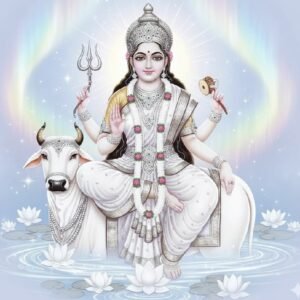
Navratri 2025 Day 8: Maa Mahagauri – Purity, Forgiveness & the Power of Renewal
 The eighth day of Navratri is dedicated to Maa Mahagauri, the radiant form of the Goddess who embodies purity, serenity, and inner transformation. Her name means “Great Fair One”, symbolizing the glow of truth and forgiveness. She is often depicted seated on a white bull, dressed in spotless white attire, carrying a trident and damru, radiating calmness and spiritual beauty.
The eighth day of Navratri is dedicated to Maa Mahagauri, the radiant form of the Goddess who embodies purity, serenity, and inner transformation. Her name means “Great Fair One”, symbolizing the glow of truth and forgiveness. She is often depicted seated on a white bull, dressed in spotless white attire, carrying a trident and damru, radiating calmness and spiritual beauty.
Unlike the fierce forms of Durga such as Kaalratri, Mahagauri represents gentle strength, cleansing grace, and karmic release. She is known as Paapnashini, the remover of sins, who dissolves past burdens and opens the path of renewal.
Scriptural Legends of Mahagauri
According to the Shiva Purana, Parvati performed severe penance in the Himalayas to obtain Lord Shiva as her consort. Her austerities left her skin dark and rough. When Shiva accepted her devotion, he blessed her and she bathed in the waters of the holy Ganga. Emerging from the sacred river, she regained a shining complexion and unmatched radiance — thus becoming known as Mahagauri.
This transformation signifies the cleansing of impurities and the victory of devotion. It also symbolizes how perseverance and faith lead to spiritual renewal.
Astrological Significance
Maa Mahagauri is strongly connected with the Moon, as well as with the karmic nodes Rahu and Saturn.
- Moon (Chandra): Represents mind, emotions, and inner stability. Worship of Mahagauri calms restlessness, anxiety, and emotional imbalance caused by a weak or afflicted Moon.
- Rahu: Known for illusions, obsessions, and karmic entanglements. Mahagauri’s worship helps dissolve Rahu’s shadowy influence and bring clarity.
- Saturn (Shani): Bringer of discipline and karmic trials. Her gentle energy softens Saturn’s heaviness, providing relief from suffering during Saade Sati or Shani Mahadasha.
Thus, Day 8 is especially beneficial for those undergoing Rahu or Saturn-related challenges, or seeking peace of mind under a restless Moon.
Symbolism of Her Form
- White Attire: Purity, clarity, and spiritual light.
- Bull as Mount: Patience, humility, and groundedness.
- Weapons: Trident represents destruction of negativity; Damru signifies rhythm and cosmic harmony.
- Color of the Day (Pink/White): Represents love, compassion, forgiveness, and fresh beginnings.
Her form teaches that true strength is not always fierce — sometimes it is forgiveness and compassion that dissolve karmic chains.
Rituals and Observances on Day 8
- Color of the Day: White or Pink. Devotees wear these colors for peace and grace.
- Offerings: Kheer, coconut, sweets, lotus, and pink flowers are offered.
- Kanya Pujan: Worshipping young girls as the embodiment of the Goddess. Washing their feet, offering food, clothes, and gifts is considered highly auspicious.
- Mantra: Chant “Om Devi Mahagauryai Namah” 108 times with a calm and pure heart.
- Saturn Remedy: Donating white clothes, rice, or lighting a ghee diya near a Peepal tree helps pacify Saturn.
Modern Relevance of Mahagauri’s Worship
In today’s fast-paced life, Maa Mahagauri’s energy is profoundly relevant:
- In families: Encourages patience, forgiveness, and harmony.
- For professionals: Brings clarity after confusion, renewal after burnout.
- For spiritual seekers: Assists in cleansing karmic debts and preparing for deeper practices.
- For women: Removes obstacles in marriage and promotes peace in domestic life.
Her worship symbolizes the cleansing of the soul — a spiritual “reset button” that helps people let go of past burdens and start anew with forgiveness and clarity.
Key Takeaways
- Maa Mahagauri embodies purity, serenity, and karmic renewal.
- She is linked to Moon, Rahu, and Saturn, making her worship especially potent for emotional healing and karmic relief.
- Rituals like Kanya Pujan and offerings of white/pink items deepen the blessings.
- Her message: Forgiveness and clarity are the highest strengths.
Insight
“Maa Mahagauri’s grace is quiet yet transformative. She removes karmic burdens, calms restless minds, and restores the soul to its pure, original state. In her stillness lies the secret of renewal.”
Mobile: 9818733000
www.ShankerStudy.com – ‘Bridging Ancient Wisdom with Modern Astrology’
Tag2Adawal.blogspot.com – ‘Blending Astro Stories with Soulful Simplicity’
www.ShankerAdawal.com – ‘Profile of Success: Vedic Wisdom and Business Strategy’
www.AskShanker.Com – ‘Discover the truth – ask one burning question based on your Horoscope!’
www.shrikrishnapravahashram.org – Serving Souls & Healing with Compassion: Empowering Girls, Upholding Tradition, and Offering Food to Every Guest – ‘Atithi Devo Bhava’!
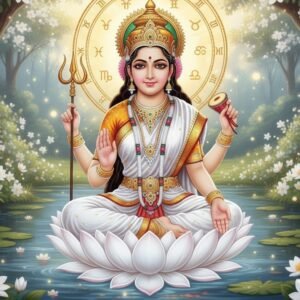
Navratri 2025 Day 8: Maa Mahagauri – Purity, Forgiveness & Karmic Renewal
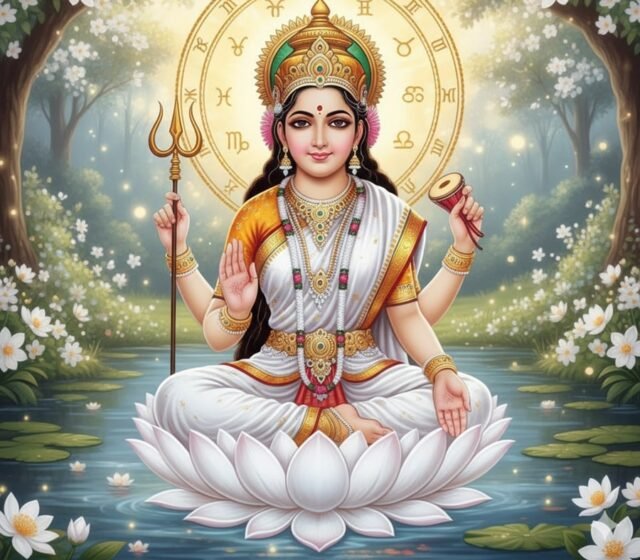 On the eighth day of Navratri, devotees worship Maa Mahagauri, the radiant embodiment of serenity, forgiveness, and spiritual cleansing. Her name means Maha (great) and Gauri (fair, pure), and she is described as shining like a white conch, jasmine flower, or the full moon. Despite being one of the calmest forms of the Goddess, her power is immense: she is revered as the remover of sins (Paapnashini) and the one who dissolves karmic burdens.
On the eighth day of Navratri, devotees worship Maa Mahagauri, the radiant embodiment of serenity, forgiveness, and spiritual cleansing. Her name means Maha (great) and Gauri (fair, pure), and she is described as shining like a white conch, jasmine flower, or the full moon. Despite being one of the calmest forms of the Goddess, her power is immense: she is revered as the remover of sins (Paapnashini) and the one who dissolves karmic burdens.
Unlike the fiercer forms such as Kaalratri, Mahagauri radiates peace, simplicity, and gentle renewal. She represents the moment when the storms subside and clarity re-emerges — the stage of spiritual cleansing after deep trials.
Scriptural Story of Mahagauri
According to the Puranas, Parvati undertook severe penance in the Himalayas to win Lord Shiva. Harsh austerities darkened her complexion. When Shiva accepted her devotion, he blessed her, and she bathed in the sacred Ganga. From this, she emerged resplendent, glowing with unmatched brilliance as Mahagauri.
In folk traditions, Mahagauri is honored as the Goddess who washes away impurities, sins, and burdens of the past, offering devotees a chance at karmic renewal.
Astrological Significance: Moon, Rahu & Saturn
Day 8 holds strong astrological relevance:
- Moon (Chandra): Mahagauri calms emotional turbulence, instability, and restlessness caused by a weak or afflicted Moon.
- Rahu: Her worship is said to clear illusions, obsessions, and karmic debts tied to Rahu’s energy.
- Saturn (Shani): She lightens the heaviness of Saturn’s discipline and delays, bringing patience and forgiveness to karmic lessons.
Her blessings are particularly recommended for those undergoing Shani Mahadasha, Saade Sati, Rahu Mahadasha, or emotional instability linked to the Moon.
Symbolism of Her Form
- White Attire: Purity, peace, and spiritual clarity.
- Mount — White Bull: Stability, strength, and humility.
- Weapons — Trident and Damru: Balance of destruction and creation, with rhythm and harmony of life.
- Pink as the Color of the Day: Represents compassion, forgiveness, and new beginnings.
Her form teaches us that while fierceness destroys negativity, forgiveness and purity complete the healing process.
Rituals & Observances on Day 8
- Color of the Day: White or pink.
- Offerings: Kheer, coconut, sweets, pink flowers, and lotus petals.
- Kanya Pujan: Worshipping young girls (under 10 years) as the embodiment of the Goddess. Washing their feet, offering food and gifts is considered most auspicious.
- Mantra: Chant “Om Devi Mahagauryai Namah” 108 times.
- Saturn Remedy: Lighting a ghee diya near a Peepal tree or donating white clothes/food helps soften Saturn’s karmic impact.
Modern Relevance of Mahagauri’s Worship
In today’s fast-paced life, Maa Mahagauri’s worship reminds us to slow down, forgive, and renew ourselves:
- For families: Encourages harmony, patience, and forgiveness in relationships.
- For professionals: Symbolizes clarity after confusion and strength after hardship.
- For seekers: Helps dissolve karmic baggage, emotional blockages, and attachments.
- For women: Her blessings are considered especially powerful in removing obstacles in marriage or bringing peace in domestic life.
Her energy is subtle but transformative: she clears away the inner dust so the soul can shine.
Key Takeaways for Day 8
- Mahagauri symbolizes purity, forgiveness, and karmic renewal.
- She is associated with Moon, Rahu, and Saturn — her worship calms instability, clears illusions, and softens karmic burdens.
- Rituals like Kanya Pujan, offerings of white foods, and chanting her mantra invite serenity and grace.
- Her energy heals quietly, reminding us that forgiveness and clarity are the true sources of power.
Insight
“Maa Mahagauri’s radiance is quiet and healing. Her grace clears karmic dust, dissolves illusions, and reminds us that true strength lies in purity and forgiveness.”
Mobile: 9818733000
www.ShankerStudy.com – ‘Bridging Ancient Wisdom with Modern Astrology’
Tag2Adawal.blogspot.com – ‘Blending Astro Stories with Soulful Simplicity’
www.ShankerAdawal.com – ‘Profile of Success: Vedic Wisdom and Business Strategy’
www.AskShanker.Com – ‘Discover the truth – ask one burning question based on your Horoscope!’
www.shrikrishnapravahashram.org – Serving Souls & Healing with Compassion: Empowering Girls, Upholding Tradition, and Offering Food to Every Guest – ‘Atithi Devo Bhava’!
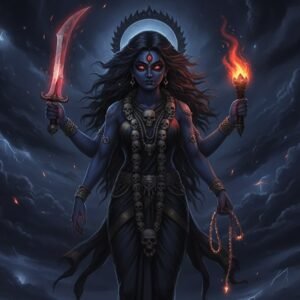
Navratri 2025 Day 7: Maa Kaalratri — Saturn’s Wrath, Fearless Grace & the Story of Raktabeej
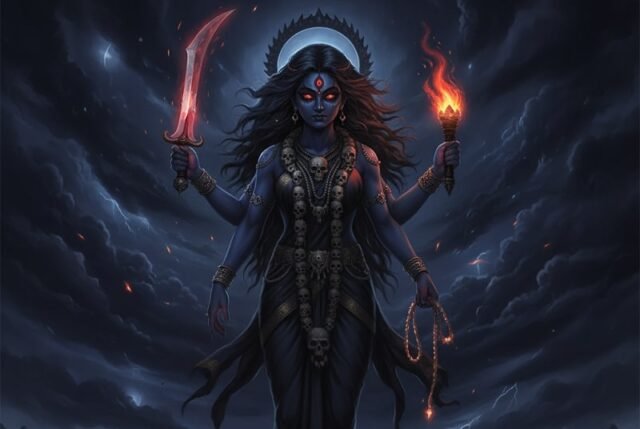 The seventh day of Navratri is dedicated to Maa Kaalratri, the fiercest and most awe-inspiring form of the Goddess. Despite her terrifying appearance — dark complexion, flowing hair, three shining eyes, and a necklace flashing lightning — she is also called Shubhankari, the bringer of auspiciousness and blessings.
The seventh day of Navratri is dedicated to Maa Kaalratri, the fiercest and most awe-inspiring form of the Goddess. Despite her terrifying appearance — dark complexion, flowing hair, three shining eyes, and a necklace flashing lightning — she is also called Shubhankari, the bringer of auspiciousness and blessings.
Her worship on Day 7 symbolizes the triumph of fearlessness over fear, discipline over chaos, and transformation over stagnation. Kaalratri teaches that darkness is not merely destructive; it is often the portal to inner light and renewal.
Scriptural Story: The Slaying of Raktabeej
According to the Devi Mahatmya and Markandeya Purana, Maa Kaalratri was invoked to battle the demon Raktabeej. His boon was unique — every drop of his blood that touched the earth created a new demon as strong as him. This made him nearly invincible, for each wound produced countless replicas.
To end the cycle, Maa Kaalratri drank his blood mid-air before it touched the ground. In this way, she destroyed not only the demon but also the pattern of repetition. Symbolically, this tale represents the need to stop negative cycles at their root before they manifest into habits or situations that overwhelm us.
Astrological Significance: Saturn’s Fierce Teacher
Day 7 is deeply associated with Saturn (Shani), the karmic planet of discipline, responsibility, and trials.
- When Saturn is strong: It blesses with patience, maturity, humility, and karmic rewards for effort.
- When Saturn is afflicted: It creates delays, fear, mental heaviness, debts, and karmic struggles.
Worshipping Maa Kaalratri is especially beneficial for those undergoing Shani Mahadasha, Saade Sati, or Dhaiya, as her fierce grace helps dissolve the fear, procrastination, and inertia that Saturn often magnifies.
In essence, Maa Kaalratri transforms Saturn’s pressure into purification.
Symbolism of Her Form
- Dark Complexion: Represents the vast, limitless night — the unknown, which we must embrace rather than fear.
- Flaming Breath & Eyes: Symbolizes divine fire that burns away impurities and ignorance.
- Weapons — Sword & Iron Hook: Tools to destroy negativity and guide seekers toward discipline.
- Mount — Donkey: Humility and groundedness; even the fiercest Goddess rides a simple creature, showing power with modesty.
Her form is not meant to terrify but to remind us that true transformation often looks chaotic before it becomes clear.
Rituals & Observances on Day 7
Tradition prescribes special rituals on this day:
- Color of the Day: Black, dark blue, or deep red — colors that absorb and transmute negative vibrations.
- Offerings: Jaggery, sesame seeds (til), clove, and ghee lamps.
- Mantra: Chant “Om Devi Kaalratryai Namah” 108 times, preferably in the evening.
- Symbolic Practice: Write down one fear, procrastination habit, or toxic loop, and after worship, destroy the paper to signify release.
- Saturn Remedy: Light a diya under a Peepal tree or offer sesame oil to Shani dev, seeking balance and discipline.
Modern Relevance of Kaalratri’s Worship
In today’s fast-paced world, Maa Kaalratri’s energy is more relevant than ever:
- Breaking Habits: Just like Raktabeej’s multiplying demons, our repeated negative habits grow unless stopped at the root. Kaalratri represents the strength to cut these loops.
- Facing Fear: Her form teaches us to look directly at what we fear, instead of running from it.
- Saturn’s Lessons: For those weighed down by responsibilities, failures, or delays, her grace provides courage and acceptance to move forward.
- Spiritual Path:Kaalratri aligns with the awakening of the Sahasrara (Crown) Chakra, guiding seekers toward transcendence through discipline and detachment.
Key Takeaways for Day 7
- Maa Kaalratri is fierce yet auspicious — she destroys fear and opens the way to clarity.
- Her worship is deeply connected to Saturn’s karmic energy, helping dissolve heaviness and delays.
- The story of Raktabeej symbolizes breaking negative cycles before they multiply.
- Darkness, when embraced with courage, becomes the doorway to awakening.
Insight
“Maa Kaalratri’s darkness is not to be feared but revered. It is the cleansing fire of Saturn, the end of repetitive loops, and the dawn of inner light. Her grace teaches us that destruction, when sacred, is only the first step toward rebirth.”
Mobile: 9818733000
www.ShankerStudy.com – ‘Bridging Ancient Wisdom with Modern Astrology’
Tag2Adawal.blogspot.com – ‘Blending Astro Stories with Soulful Simplicity’
www.ShankerAdawal.com – ‘Profile of Success: Vedic Wisdom and Business Strategy’
www.AskShanker.Com – ‘Discover the truth – ask one burning question based on your Horoscope!’
www.shrikrishnapravahashram.org – Serving Souls & Healing with Compassion: Empowering Girls, Upholding Tradition, and Offering Food to Every Guest – ‘Atithi Devo Bhava’!
Published Works & Digital Presence
A glimpse into decades of astrological research, writing, and digital contribution
Become the transit or moon suffer

Become the transit or moon suffer
 When a planet transits a house it is asking you to embody more of its energy in that area of your life. The more you resist embodying the energy of the planet, the more that energy will creep up on you from the outside.
When a planet transits a house it is asking you to embody more of its energy in that area of your life. The more you resist embodying the energy of the planet, the more that energy will creep up on you from the outside.
Instead of fearing or avoiding a planet’s energy, purposely welcome it into the area of your life shown by the house that the planet is transiting. Work with the energy of a planet instead of behaving like a passive observer.
Some astrologers believe that the more you actively bring a planet’s energy into your life during a transit, the easier the transit will be. A transit is an opportunity to work with a particular energy in a particular area of life for a period of time. Transits can awaken you to what someone with that placement in their natal chart experiences on a regular basis.
The length of time it takes a planet to transit through a house depends on the size of your houses, which house system you use and whether the planet turns retrograde during the transit. Below are average transit lengths.
Fire signs – Aries, Leo & Sagittarius

Fire signs – Aries, Leo & Sagittarius
 What do the astrological fire signs have in common? People born under the fire signs of leo, sagittarius and aries are often described as out-going, enthusiastic, and often dramatic. They frequently prefer to do things on a grand scale and/or may be described as having a ‘larger than life’ personalities.
What do the astrological fire signs have in common? People born under the fire signs of leo, sagittarius and aries are often described as out-going, enthusiastic, and often dramatic. They frequently prefer to do things on a grand scale and/or may be described as having a ‘larger than life’ personalities.
In terms of right- vs left-brain (intuition vs intellect), fire signs are broadly considered to be intuitive, hence they make quick decisions based largely on ‘gut-instinct’ or sensitivity to their emotional guidance. That does not necessarily imply ‘quiet, peaceful, intuitive‘ personality types. On the contrary, many fire sign people are impulsive in the sense of being given to sudden bursts of action-packed enthusiasm for pursuits or activities they enjoy or believe to be worthwhile. Periods of high-energy, sometimes to the point of ‘burn-out’ reflect the element of fire itself.
While fire signs have many positive attributes including being passionate determined and focussed, these can sometimes overflow into the forms of less attractive characteristics such as being occasionally over-determined, forceful, inflexible or bossy. In extreme situations they may even be considered selfish and egotistical, ‘unable to back-down’ when others would prefer them to, which may work-out well or otherwise.
Just like fire itself, people born under the fire signs are sometimes said to be at risk of ‘igniting’, that is suddenly reacting very strongly in ways that may surprise and overwhelm others. For this reason they may be considered emotionally volatile as well as impulsive. Such characteristics might affect individuals only in specific types of situations, or alternatively whenever they feel that their position and authority is being challenged or undermined.
Weightless Moons: Gemini & Aquarius

Weightless Moons: Gemini & Aquarius
 While Gemini, Libra and Aquarius are all air signs they are different in terms of their qualities, their ruling planet, and the houses they rule.
While Gemini, Libra and Aquarius are all air signs they are different in terms of their qualities, their ruling planet, and the houses they rule.
Gemini is a mutable air sign, ruled by Mercury and it’s house is the 3rd house.
Libra is a cardinal sign, ruled by Venus and it’s house is the 7th house.
Aquarius is a fixed sign, ruled by Uranus and it’s house is the 11th.
All three air signs can be great communicators but Gemini has an innate ability to chat people up. Curiosity, imagination and a brotherly/sisterly acceptance of other people along with the tendency for boredom, restlessness and fickleness are the main traits of Gemini. Gemini often is drawn to a job where they can use their hands, such as hairdresser, piano teacher, deaf interpreter. They need perpetual variety on the job so some do well in sales, especially if it allows them to travel. The Mercury and 3rd house association also inclines many Gemini to teaching or writing careers, or jobs in the travel industry. Their mutable nature enables them to hold onto more than one thing at a time, be it a belief, a job, or a relationship.
Libra loves people, too, but it is more of an inner need to be accepted. They learn about themselves through their relationships and are rarely single for long. Libra has strong managerial or boss energy. Libra values relationships and works at the strategy, social etiquette and diplomacy of cultivating relationships in order to advance. Perfection seeking, charm, and an appreciation of beauty are Libra traits. I have found that the cardinal energy of Libra makes them good at telling other people what to do, but they can procrastinate over making decisions for themselves. They fear the option they do not choose will be the one that is better. Many Libra people have art or musical talent due to the Venus influence. Debate and strategy talent also makes them good at law.
Aquarius has a reputation for being friendly and humanitarian while simultaneously being detached, cold, and independent. Often, their work may have an effect on society or a large group of people. They can have an “I’m OK, you’re OK” attitude toward relationship. As long as they can be true to themselves and express themselves freely, all is well. If they feel restricted or controlled they will rebel. Their fixed nature can make them stubborn, especially if they know they are right – and usually they have the knowledge and intelligence to BE right. The Uranus and 11th house influence may give an interest in the future, sciences and technology, the Internet, social organizations or unusual or unique careers.
Neptune: Lost in La La Land

Neptune: Lost in La La Land
The ruler of dreamy, sensitive Pisces, Neptune has the second strongest gravity in the solar system after Jupiter. No wonder Piscean people have such a magnetic pull! With its perpetual storms and active climate, Neptune is known for whipping up drama and confusion. It can have a disorienting effect, making it hard to stay in touch with what’s “real.” Neptune personalities are not exactly known for their stellar logical. But compassion? Absolutely! People with a strongly placed Neptune in their chart make great therapists, shamans and healers.
Because of its distance from the Sun, Neptune has a huge orbit to make—it takes 165 years to circle el Sol. Thus, Neptune will linger in a single sign for an average of fifteen years, shaping generations. Divinely inspired creativity comes from Neptune (with some help from Venus). Here is where we tap into the right brain, releasing logic and letting pure creative impulse flow through us.
Looking at the music of a generation can also be a fun way to track this celestial influence. From 1998-2012 Neptune toured Aquarius, the sign that governs electricity. During this phase, we saw a rise in EDM (Electronic Dance Music) and deejay culture. Early music sharing websites like Napster were also born while sites like MySpace gave independent artists a forum to share their tracks without requiring a record deal.
Neptune’s placement in your birth chart can even show a propensity toward addiction. How we relate to mind-altering substances is determined by Neptune. Neptune can dissolve the ego—but this loss of “self” can also provoke a crisis. Hospitals and institutions fall under Neptune’s watch—little surprise since following Neptune’s compass without paying heed to other planets like sensible Saturn or the self-focused Sun might just get one strapped to the gurney. Like the other outer planets, Neptune goes retrograde annually, for about five months. These periods can be deeply introspective times—but ones that require extra reality checks!
Daily Mood-O-Meter
Aaj Chand Hai Mood Mein! Aaj Aap Ka Mood Kaisa Hoga?
SPIRITUAL CONNECT
Podcast & YouTube Channel
Podcast & YouTube Channel
Decoding Destiny Through Bhrigu Nadi, Karma & Four Decades of Experience
Join Dr. Shanker Adawal as he shares rare techniques from Bhrigu Nadi astrology, combined with his experience of over 40 years in research and spiritual science. From predictive insights to karmic remedies, explore a deeper dimension of purpose, healing, and self-awareness.
“Not just astrology. A journey into timeless consciousness.”
Happy Client Testimonials




FAQs
You can send your questions/queries by clicking ‘GET CONSULTATION’ tab on the website. Once you send questions/queries, you will receive a detailed answer to all of them on your email.
Yes, you can email or what’s app your concern/query to:
email: consultation@shankerstudy.com
What’s App Number: 9818733000
Team will revert with his availability for ‘live virtual appointment.’
Career Services, Remedies for several life challenges, Kundali matching, Horoscope, Marriage, Mahadasha and Gemstones. In addition, you can reach out to us with your personal queries.
Netbanking, UPI, Credit Card. You receive detailed acknowledgement of all your payments.
